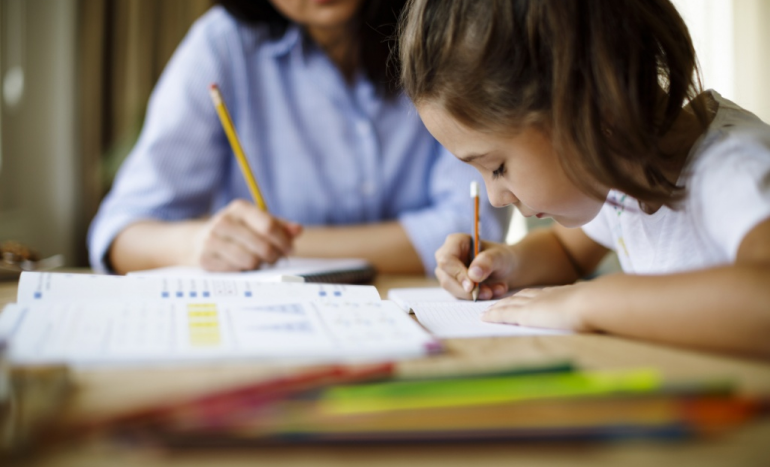
For young children, a huge part of their learning – about 80%, in fact – is visual. Before children even make it to school, they’ve learned to do things such as read facial cues to determine if their actions are good or bad. When kids begin school, their visual system is taxed even more as they learn to read. Unfortunately for those with Binocular Vision Dysfunction (BVD), reading can be very difficult, and those that don’t receive the proper treatment for this and other binocular vision disorders will soon be left behind when it comes to their schooling.

What Is the Pictorial Superiority Effect?
Like it or not, the majority of us are visual learners. This is because over 50% of our brain power is dedicated to interpreting the images being taken in by our eyes. While some fare better than others when it comes to auditory learning, in the end, vision beats out all the other senses in regard to learning. This is a phenomenon known as the pictorial superiority effect (PSE).
Simply stated, we learn much better when there’s a visual component integrated into the teaching process. Instructors who incorporate visual aids into their lesson plans, for example, are generally much more effective at getting through to students than their colleagues who rely solely on auditory learning.
When Binocular Vision Is Compromised
In general, when people think of vision and vision testing, they tend to picture the standard eye chart we’re all asked to read when we go to the eye doctor. This chart, also known as the Snellen chart, is used to measure visual acuity. However, there’s more to good vision than just being able to clearly see letters on this chart from a distance.
Another important component of sight is binocular vision, which refers to the eyes’ ability to work together as a team. In people who have good binocular vision, the eyes work in tandem and are perfectly in sync at all times, which allows them to send one clear, focused picture to the brain. Those who have faulty binocular vision, on the other hand, do not work smoothly together and are not perfectly synchronized – they struggle to see one clear image. The brain cannot tolerate these blurred, shadowed or doubled images, and works so hard to correct the problem that the muscles that aim the eyes often become strained, which leads to the symptoms of BVD, including headaches and dizziness, reading difficulties and problems focusing.
Binocular Vision Dysfunction & ADHD
In addition to the troubling symptoms of BVD, children can also have behavioral issues generally associated with ADD/ADHD. Unfortunately, because these conditions often overlap, kids with BVD are often misdiagnosed as having ADD/ADHD. As a result, they never receive the correct treatment and their school performance continues to suffer as they struggle to read and write while dealing with the effects of this condition.
See a Binocular Vision Specialist
At Vision Specialists of Michigan, our doctors have the necessary specialized training and equipment to properly diagnose and treat BVD. If your child is struggling in school and has anxiety and vision problems, BVD could be the culprit. Contact us today at (248) 258-9000 to schedule a Neuro Visual Examination or complete our online BVD questionnaire.
Filed Under:
Tagged With: All, Anxiety, Headaches and Migraines,









